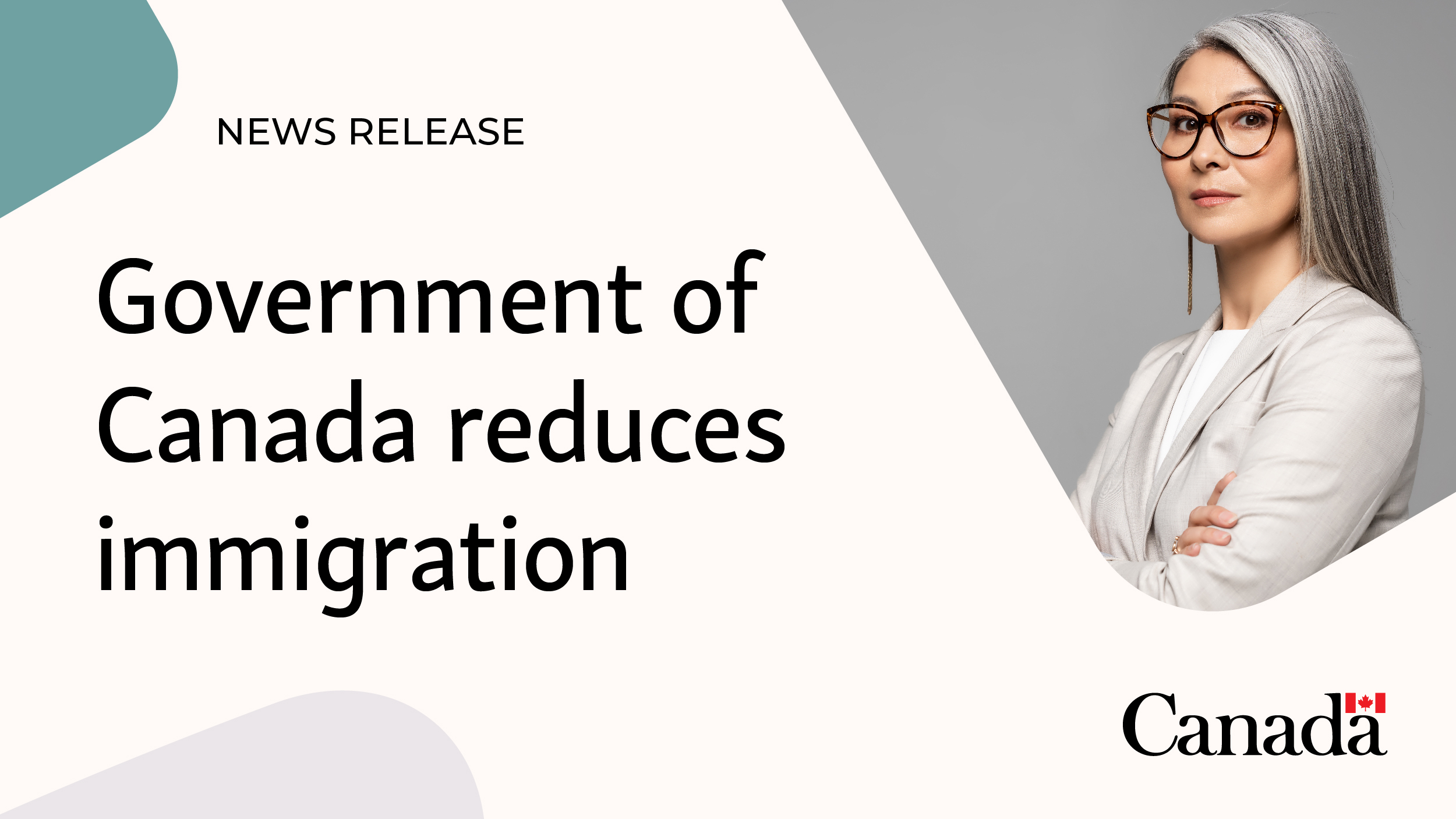
Major Changes Ahead: Canada Announces Immigration Reductions for 2025-2027
Today marks a significant turning point in Canada’s immigration policy, as the Honourable Marc Miller, Minister of Immigration, Refugees and Citizenship, unveiled the 2025–2027 Immigration Levels Plan. This new initiative aims to recalibrate the country’s population growth strategy to foster sustainable development while addressing pressing challenges in housing and infrastructure. For the first time, this plan introduces specific targets not just for permanent residents but also for temporary residents, including international students and foreign workers.
As Canada emerged from the pandemic, the demand for labor surged, surpassing the available workforce. The government’s previous aggressive immigration strategy aimed to attract top talent to facilitate economic recovery. While this approach did yield benefits, it also led to increasing concerns among Canadians regarding housing affordability and the strain on social services. The new plan responds to these concerns by intentionally slowing population growth, with expectations of a marginal decline of 0.2% in the population for 2025 and 2026, before returning to a growth of 0.8% in 2027.
Also Read:- Grigor Dimitrov Opens Up About His Mental Health Struggles
- Tesla Stock Soars 17%, Boosting Elon Musk’s Net Worth by $20 Billion
The numbers speak volumes. The target for permanent residents is being reduced significantly from 500,000 to 395,000 in 2025, followed by 380,000 in 2026, and a target of 365,000 in 2027. The government also aims to cut the proportion of temporary residents to 5% of Canada’s total population by the end of 2026. This strategic adjustment comes after extensive public discourse highlighting the pressures created by high immigration levels, particularly regarding housing and infrastructure.
Moreover, the plan emphasizes transitioning temporary residents already living in Canada into permanent residency, acknowledging their existing integration into the workforce and society. This initiative not only supports economic growth but also alleviates additional demands on social services since many of these individuals are already settled with jobs and housing.
Another critical aspect of the plan is its focus on long-term economic needs. Permanent resident admissions within the economic class are projected to constitute 61.7% of total admissions by 2027, with special attention to sectors like healthcare and trades. Furthermore, the government is dedicated to strengthening Francophone communities outside Quebec, increasing their share in permanent residency from 8.5% in 2025 to 10% in 2027.
While the rationale behind these changes is to balance economic growth with public concerns, it is essential to recognize that immigration remains a vital contributor to Canada’s economic fabric. According to recent statistics, immigration accounted for nearly 98% of Canada’s population growth last year, underscoring its significance in shaping the country’s future.
So, the new Immigration Levels Plan reflects a thoughtful response to evolving socio-economic dynamics in Canada. As the government seeks to manage population growth sustainably, it aims to create an immigration system that not only drives economic success but also ensures that every resident has access to the opportunities they need to thrive. This marks a pivotal moment in Canada's immigration journey, one that prioritizes balance and sustainability while remaining committed to welcoming newcomers who contribute to the nation’s prosperity.
Read More:

0 Comments